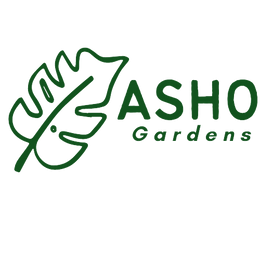

100+ Organic Brussels Sprout Vegetable Seeds- Sweet Brussel's Sprout Vegetable- Heirloom Variety- Brassica Oleracea--A003
100+ Organic Brussels Sprout Vegetable Seeds- Sweet Brussel's Sprout Vegetable- Heirloom Variety-A003
These big top-heavy plants are some of the easiest brassicas to grow. You should be able to expect a large harvest from only 4 or 5 plants. Brussels sprouts are a superb holiday treat. Like broccoli, these little “cabbages” are full of beta-carotene, vitamin C, and fibre. And after frost, they become sweet, as the plants create sugar for antifreeze! Keep your plants moist and well-mulched during the heat of summer, to ensure your supply of Brussels sprouts until the holidays.
Latin Brassica oleracea var. gemmifera Family: Brassicaceae
Exposure: Full-sun
Zone: 3-10
Timing: Start indoors at the end of May or early June. Transplant to the garden by mid-August so the plants are in the ground for 45-60 days before the first hard frost. Optimal soil temperature for germination: 10-30°C (50-85°F). Seeds should germinate in 7-10 days.
Starting: Sow 3-4 seeds per pot, 5mm (¼”) deep, under very bright light. Thin to the strongest plant. Transplants should be set out when they have 6-8 true leaves. Space transplants 45-60cm (18-24″) apart in rows 75-90cm (30-36″) apart.
Growing: Ideal pH: 6.0-7.5. Plant in humus-rich soil amended with composted manure. Mix ¼ cup complete organic fertilizer into the soil under each transplant. High nitrogen levels result in loose sprouts with internal browning, so do not fertilize after midsummer. Cool temperatures during sprout development are important for compact, quality sprouts. Spacing Requirements: Plant Brussels sprouts seeds ¼ inch deep in flats 4-6 weeks before the last frost.
Harvest: Sprouts are sweeter after moderate freezes. Pick when sprouts are firm and well-formed, beginning with the ones at the bottom. The upper sprouts continue to form and enlarge as the bottom ones are harvested. For a once over harvest, to ensure you have enough for your holiday meal, pinch out the growing point at the top of the stem when the lower sprouts are 1-2 cm (½-¾”) in diameter. A full stem of evenly sized sprouts will develop in about 2 weeks. After harvesting the sprouts, there is another harvest-in early spring. The plant sends up long, edible flower stalks which are tender and sweet when steamed, or served raw with a dip. Eating: There are many ways to prepare Brussels sprouts. The small leafy nodes can be eaten raw, cut thinly with a mandoline or a sharp knife and mixed with a light dressing for a fresh salad. They can be steamed or boiled and then simply dressed with butter, salt and pepper, and served as a side dish. Storing: Fresh Brussels sprouts will keep for several weeks in the refrigerator. If you’d like to stretch your enjoyment of Brussels sprouts into the winter, this vegetable can be blanched and frozen.
